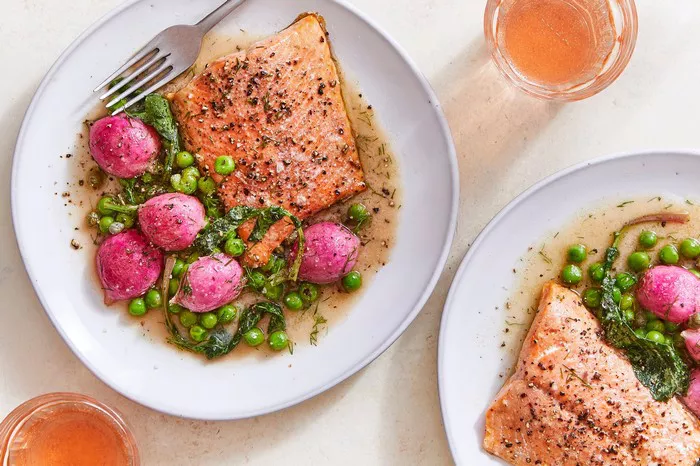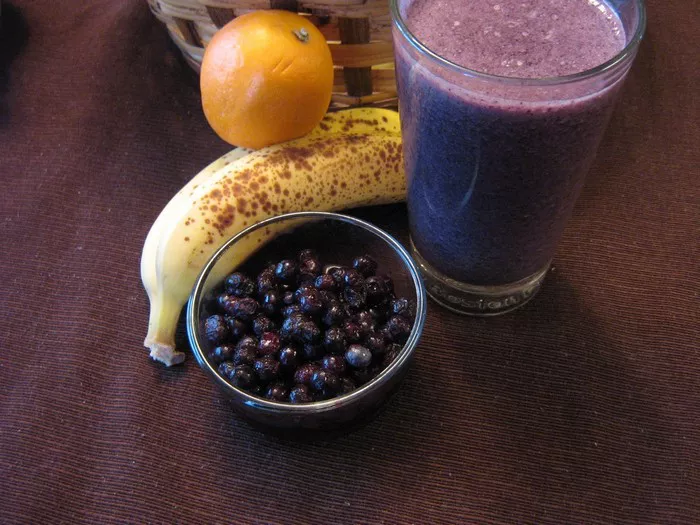Iron is an essential mineral that plays a crucial role in maintaining good health. It is a key component of hemoglobin, the protein in red blood cells responsible for transporting oxygen from the lungs to the rest of the body. Without an adequate intake of iron, the body can suffer from iron deficiency anemia, leading to fatigue, weakness, and a compromised immune system. In this comprehensive guide, we will explore the top 10 foods rich in iron, providing you with the knowledge to make informed dietary choices and ensure your body receives the iron it needs.
Top 10 Foods High in Iron
1. Lean Red Meat: A Prime Source of Iron
Iron is abundantly present in lean red meat, making it one of the most effective dietary sources. Beef, lamb, and pork contain heme iron, a form of iron that is easily absorbed by the body. A 3-ounce serving of lean beef provides approximately 2.1 milligrams of iron, contributing significantly to the recommended daily intake. Including lean red meat in your diet can be particularly beneficial for individuals with higher iron requirements, such as pregnant women and athletes.
2. Poultry: Iron-Rich White Meat
Poultry, such as chicken and turkey, is another excellent source of dietary iron. While the iron content in white meat is slightly lower than in red meat, it remains a valuable component of a balanced diet. Poultry provides non-heme iron, which is not as readily absorbed as heme iron but can still contribute substantially to your overall iron intake. Incorporating grilled or roasted chicken into your meals not only adds a tasty protein source but also ensures a steady supply of iron to support various bodily functions.
3. Seafood: Iron from the Depths of the Ocean
Iron is also found in abundance in various seafood options. Fish, shellfish, and other marine creatures offer a mix of heme and non-heme iron. Fatty fish like salmon and tuna are not only rich in omega-3 fatty acids but also provide a good dose of iron. Additionally, mollusks, such as clams and oysters, are particularly high in iron content. Including a variety of seafood in your diet can enhance iron absorption and provide a host of other essential nutrients for overall well-being.
4. Legumes and Pulses: Plant-Powered Iron
For individuals following a vegetarian or vegan diet, legumes and pulses serve as excellent plant-based sources of iron. Beans, lentils, chickpeas, and peas are packed with non-heme iron, offering a nutrient-rich alternative to animal-derived iron sources. While non-heme iron is not as easily absorbed as heme iron, pairing these legumes with vitamin C-rich foods can enhance iron absorption. Including a diverse range of legumes in soups, salads, and stews can contribute significantly to meeting your daily iron requirements.
5. Dark Leafy Greens: A Nutrient-Dense Iron Boost
Dark leafy greens, such as spinach, kale, and Swiss chard, are nutritional powerhouses that provide a wealth of vitamins and minerals, including iron. While the iron in these vegetables is primarily non-heme iron, their high vitamin C content enhances absorption. Incorporating these greens into salads, smoothies, or sautés not only adds a burst of flavor but also ensures a generous supply of iron for vegetarians and non-vegetarians alike.
6. Nuts and Seeds: Iron in a Small Package
Nuts and seeds are compact sources of iron that can be easily incorporated into a balanced diet. Almonds, pumpkin seeds, and sunflower seeds, in particular, are rich in iron. These snacks not only provide a satisfying crunch but also offer a substantial amount of non-heme iron. Including a handful of nuts or seeds as a snack or adding them to salads and yogurt can contribute to meeting your daily iron needs.
7. Fortified Foods: Iron-Enriched Options
In today’s market, various foods are fortified with iron to address nutritional gaps, especially for individuals with specific dietary restrictions. Common fortified foods include breakfast cereals, bread, and plant-based milk alternatives. While the iron in fortified foods is often non-heme iron, incorporating these options into your diet can be an effective way to boost iron intake, particularly for those who may struggle to meet their requirements through natural food sources alone.
8. Dried Fruits: Iron in Sweet Packages
Dried fruits, such as apricots, raisins, and prunes, are convenient and portable sources of iron. These naturally sweet treats contain non-heme iron and can be enjoyed as snacks or added to cereals and trail mixes. While dried fruits offer a tasty way to increase iron intake, it’s essential to consume them in moderation due to their concentrated sugar content. Including a variety of dried fruits in your diet can contribute to meeting your iron needs while satisfying your sweet tooth.
9. Quinoa: The Ancient Grain with Modern Benefits
Quinoa is a versatile and nutritious whole grain that stands out as an excellent source of plant-based iron. Unlike many other grains, quinoa contains a substantial amount of non-heme iron, making it a valuable addition to vegetarian and vegan diets. Its nutty flavor and fluffy texture make quinoa a popular choice for salads, side dishes, and main courses, providing a nutrient-dense option for individuals seeking to increase their iron intake.
10. Organ Meats: A Nutrient-Rich Iron Bonanza
While not as commonly consumed in modern diets, organ meats are exceptionally rich in heme iron and various other nutrients. Liver, in particular, is a concentrated source of iron, providing more than the daily recommended intake in a single serving. Incorporating organ meats into your diet, if you are comfortable with them, can be a strategic way to boost iron levels. It’s important to source organ meats from reputable and high-quality sources to ensure safety and optimal nutritional benefits.
Conclusion:
In conclusion, ensuring an adequate intake of iron is vital for maintaining optimal health and preventing iron deficiency anemia. The top 10 foods high in iron, including lean red meat, poultry, seafood, legumes, dark leafy greens, nuts, seeds, fortified foods, dried fruits, and quinoa, offer a diverse range of options for individuals with varying dietary preferences. Whether you choose to obtain iron from animal or plant sources, incorporating a variety of iron-rich foods into your diet and being mindful of factors that enhance iron absorption can help you meet your nutritional needs and promote overall well-being. Remember, the key to unlocking the power of iron lies in making informed and balanced dietary choices.






















